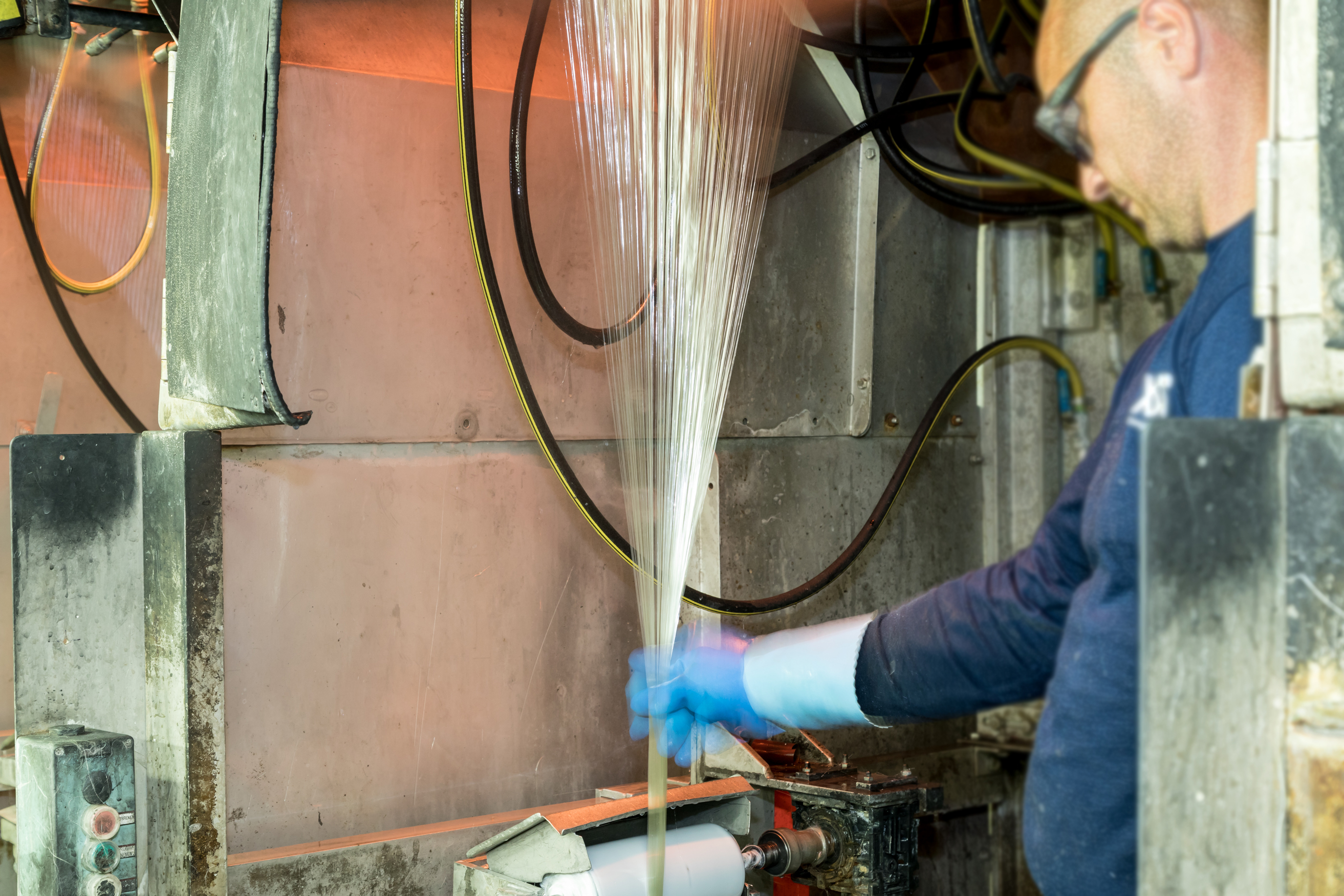Chemicals company Lanxess says that three of its polyamide (PA) materials now contain recycled glass fibers.
Durethan ECOBKV30H2.0, ECOBKV35H2.0 and ECOBKV60XF incorporate 30%, 35% and 60% by weight respectively of glass fibers left over from glass fiber production (post-industrial recycling), the company said. As a result, the quality of finished product is the same as those with unrecycled material, the company claims.
Lanxess says that Ecocycle, an independent inspection company, has examined the amount of recycled material in each compound and the long-term use of the glass waste stream using the mass balance method and awarded the materials an ecoloop certificate in accordance with ISO 14021:2016.
‘We want to help make the switch from a throw-away society to a circular economy,’ said Dr Guenter Margraf, global product manager at Lanxess. ‘Our goal is to make more and more of our plastic products sustainable so that we can make our growth less dependent on the consumption of finite resources, improve our carbon footprint and protect the environment.’

Margraf adds that the materials are suitable for the automotive industry. ‘For instance, Durethan ECOBKV60XF offers exceptional strength and rigidity, which makes it suitable for manufacturing structural components such as front ends, pedal bearing brackets and A-, B- and C-pillars, as well as lightweight battery trays for electric vehicles.’
The company next plans to launch a new polyamide 6 with a 30% glass fiber content and a reduced carbon footprint from the same source.
‘[We are] not currently using waste glass fibers from end-of-life components (known as post-consumer recycling), but does view them as a particularly sustainable raw material for use in manufacturing new glass fibers,’ a press release said. ‘After all, they do offer similar benefits as the domestic collection and recycling of glass containers, which have been practiced successfully for quite some time. Waste glass melts at lower temperatures than the raw materials used in manufacturing glass fibers. It therefore makes it possible to save energy and thus lower CO2 emissions.’
This story uses material from Lanxess, with editorial changes made by Materials Today. The views expressed in this article do not necessarily represent those of Elsevier.




